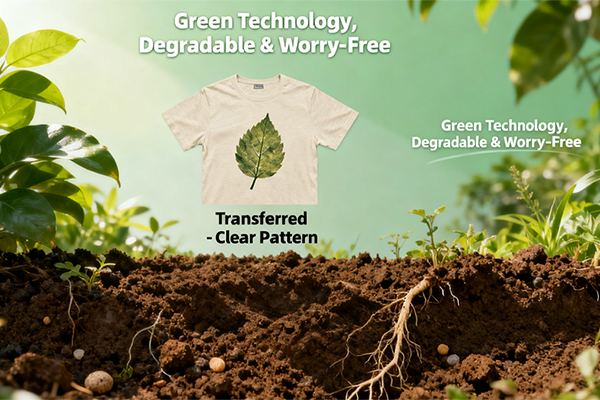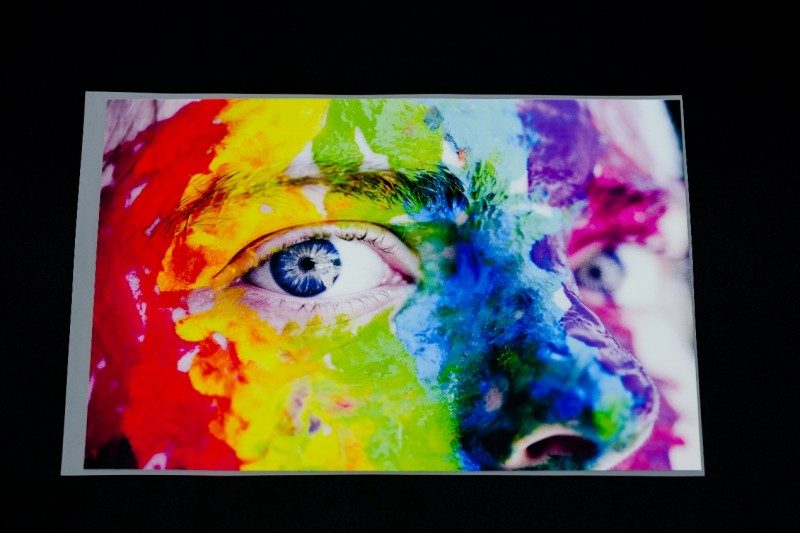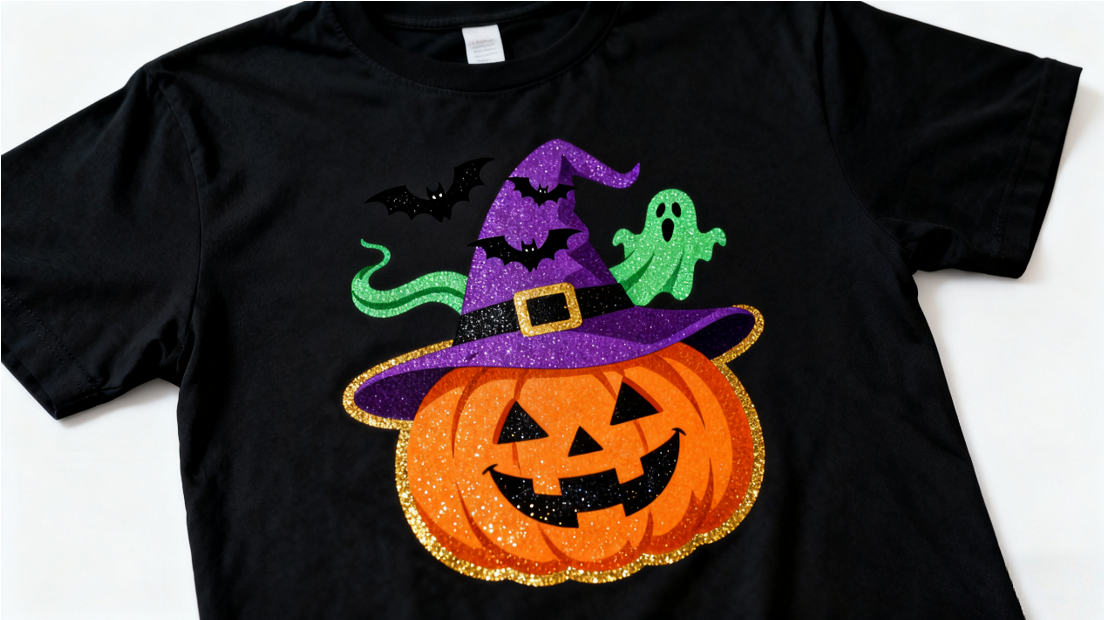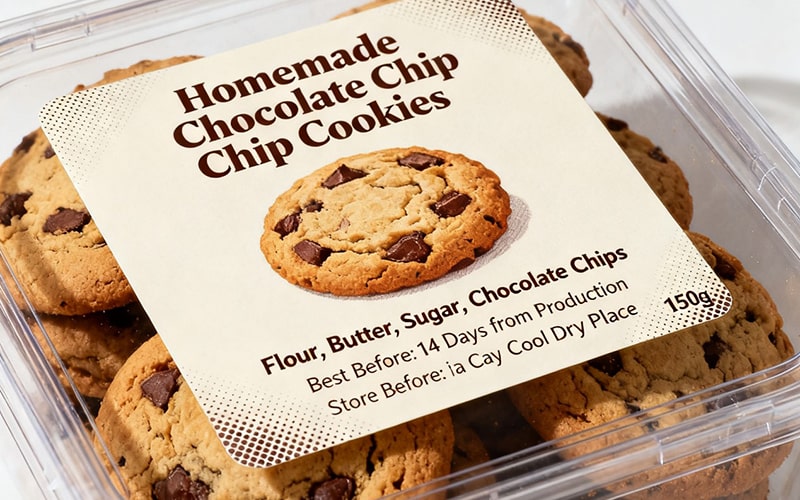What are the advantages of BOPP film
Third, BOPP film offers great versatility and safe...
MorePET film paper, a versatile and high-performance material, serves as a critical component across numerous industries due to its exceptional properties including durability, clarity, chemical resistance, and recyclability. This biaxially oriented polyethylene terephthalate substrate is engineered to meet stringent requirements in packaging, electronics, industrial applications, and graphic arts. Its widespread adoption is driven by the need for reliable materials that enhance product performance, ensure safety, and support sustainability initiatives. As a fundamental element in modern manufacturing, PET film paper facilitates innovations in technology and design while providing cost-effective solutions for complex challenges. The material's adaptability allows it to be coated, laminated, or treated to achieve specific functionalities, making it indispensable in both conventional and cutting-edge applications. Industry leaders consistently choose PET film paper for its proven track record in improving efficiency and end-product quality across diverse sectors.
In the packaging industry, PET film paper is extensively utilized for its superior barrier properties, tensile strength, and transparency, which are essential for protecting goods and extending shelf life. According to market research by Smithers, the global demand for flexible packaging films, including PET, reached approximately 21.5 million metric tons in 2022, with PET films accounting for a significant share due to their recyclability under resin identification code 1. Major consumer brands like Procter & Gamble and Nestlé incorporate PET film paper in product wrappers, labels, and lidding applications to enhance freshness and reduce environmental impact. For instance, PET-based packaging effectively blocks moisture and oxygen, preventing spoilage in food items, which aligns with FDA regulations for direct contact. In pharmaceuticals, PET film paper is used in blister packs, with data from the Healthcare Compliance Packaging Council showing that over 70% of unit-dose packaging relies on PET or similar materials for tamper evidence and child resistance. Additionally, its high-gloss surface improves printability for branding, as evidenced by its use in premium cosmetic packaging by companies like L'Oréal, where it contributes to a luxurious unboxing experience while maintaining integrity during shipping.
The electronics sector relies heavily on PET film paper for insulation, display components, and circuitry due to its dielectric strength, thermal stability, and dimensional consistency. Research from IDTechEx highlights that the market for flexible electronics, which often incorporates PET substrates, is projected to grow to $51 billion by 2033, driven by demand for lightweight and durable devices. PET film paper is commonly employed in touchscreen panels, where it acts as a protective layer against scratches and impacts; for example, smartphones from manufacturers like Samsung and Apple use PET-based films to enhance screen durability without compromising touch sensitivity. In printed circuit boards (PCBs), PET insulation films prevent short circuits, with industry standards such as IPC-4101 specifying PET's use for its flame-retardant properties (UL94 V-0 rating). Moreover, solar panels integrate PET film paper as backsheets, with the International Renewable Energy Agency reporting that PET-based backsheets support over 30% of photovoltaic modules globally, thanks to their weatherability and electrical insulation. Data from DuPont Teijin Films indicates that their PET films can withstand temperatures up to 150°C, making them suitable for automotive electronics in engines and infotainment systems, where reliability under harsh conditions is paramount.
Industrial applications of PET film paper include use in manufacturing processes, machinery, and safety equipment, where its mechanical strength and resistance to chemicals and abrasion are highly valued. According to a report by Grand View Research, the global industrial films market, encompassing PET products, was valued at $44.5 billion in 2021 and is expected to expand at a CAGR of 5.8% through 2028, with construction and automotive sectors being key drivers. In the automotive industry, PET film paper is used for interior trim, window tinting, and wire insulation, with companies like 3M producing PET-based tapes and films that meet OEM specifications for durability and UV resistance. For instance, PET films in car windows can reduce heat transmission by up to 60%, as per performance data from Eastman Chemical Company, improving energy efficiency and comfort. In construction, PET film paper serves as a release liner in composite materials and insulation, with tests showing it enhances adhesion control in processes like fiberglass production. Safety standards such as ISO 9001 certify PET films for consistent quality in these applications, while industrial labels made from PET withstand extreme environments, such as those in chemical plants, where they resist degradation from solvents and high temperatures, ensuring long-lasting legibility and compliance with OSHA labeling requirements.
Graphic arts and printing industries benefit from PET film paper's excellent surface smoothness, opacity, and color reproduction capabilities, which are crucial for high-quality outputs. Data from the Printing United Alliance indicates that digital printing substrates, including PET films, represent a growing segment, with adoption rates increasing by 12% annually as businesses seek durable signage and branding materials. PET film paper is widely used for backlit displays, banners, and vehicle wraps due to its ability to maintain vibrancy under UV exposure; for example, Oracle Lighting reports that PET-based graphics can last over five years outdoors without significant fading. In commercial printing, PET films enable precise die-cutting and lamination, with companies like Avery Dennison offering PET products that achieve up to 98% ink adhesion in eco-solvent printing processes. Furthermore, the material's recyclability supports corporate sustainability goals, as highlighted by the Sustainable Packaging Coalition, which notes that PET films can be repurposed into new products, reducing waste. Case studies from large-format printers show that PET paper reduces production costs by minimizing reprints, thanks to its low moisture absorption and dimensional stability during high-speed runs, ensuring consistent results in applications ranging from point-of-sale displays to architectural blueprints.
Select the most popular foreign trade service products to meet your diverse needs
Learn more about the dynamics and professional knowledge of the foreign trade industry

Third, BOPP film offers great versatility and safe...
More
In the dynamic world of custom apparel printing, b...
More
If you’re new to garment printing, using DTF film ...
More
Make your Halloween tees shine with SAILLAGE’s DTF...
More
Get ahead of the holiday rush with this actionable...
More
Flexo printing uses flexible plates to create high...
MoreSelect the most popular foreign trade service products to meet your diverse needs
Explore more content related to foreign trade services

Tel: +86 17706217416
Add: Building L2A, No. 520, Lane 1588, Zhuguang Road, Hongqiao World Center, Qingpu District, Shanghai, China
User Comments
Service Experience Sharing from Real Customers
Jennifer Martinez
Packaging EngineerThe PET film paper exceeded our expectations! Excellent moisture resistance and perfect for high-end cosmetic packaging. The clarity and durability are remarkable.
David Chen
Graphic DesignerOutstanding print quality on this PET film paper! Colors appear vibrant and the surface accepts ink beautifully. Great for premium brochures and specialty printing projects.
Sarah Johnson
Product ManagerThis PET film paper has revolutionized our product labels. The tear resistance and waterproof properties are exactly what we needed for our beverage line. Highly recommended!
Michael Thompson
Quality Control SpecialistConsistent quality and reliable performance. The PET film paper maintains its integrity under various environmental conditions, making it ideal for our industrial applications.